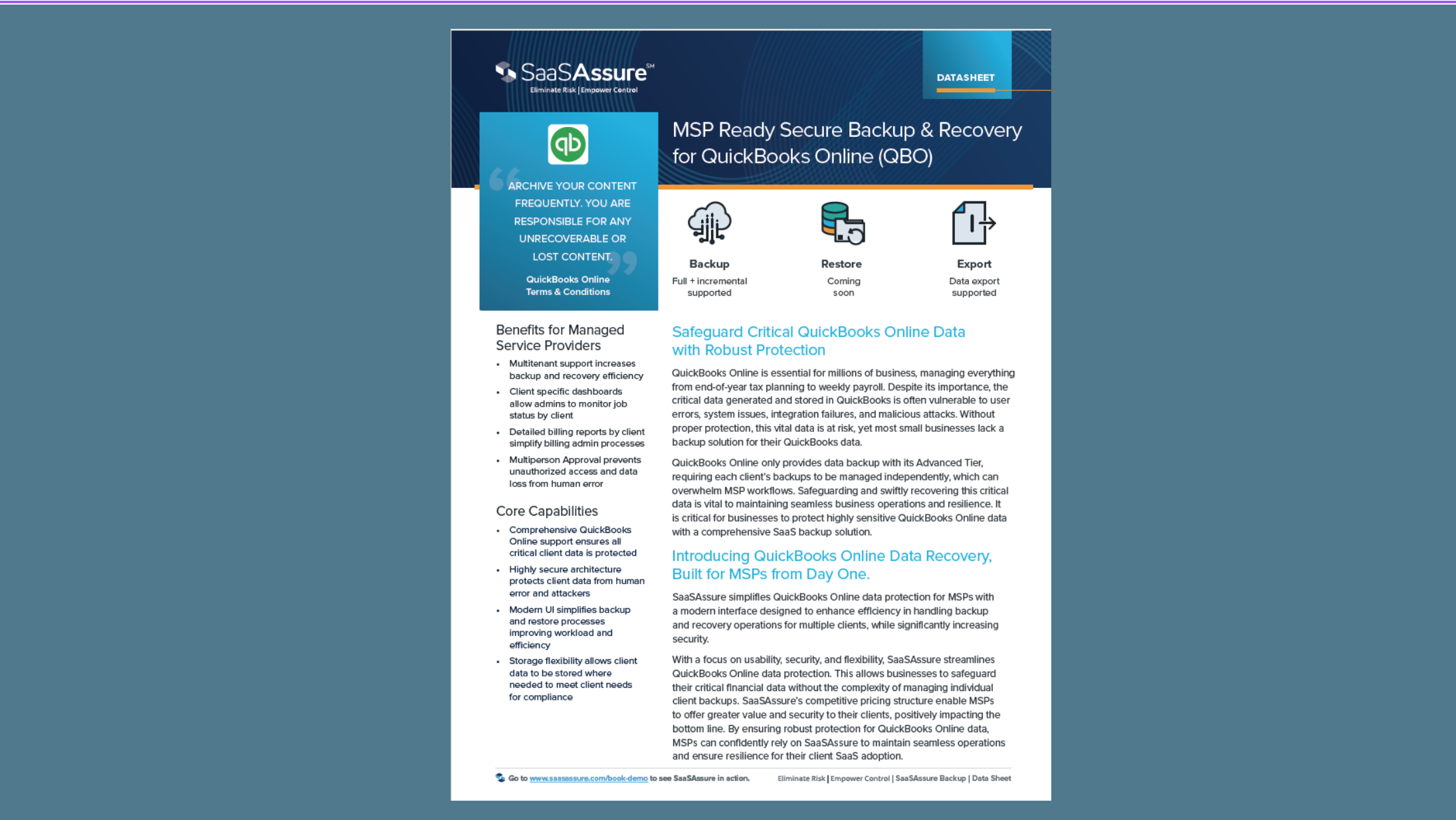WRITING CUSTOM BUSINESS APPLICATIONS has traditionally been limited to those with deep expertise in software development. The rise of low-code app development tools is changing this, however, offering channel pros new, high-margin, relationship-cementing opportunities without the need for coding skills. Managed service providers and IT integrators with vertical industry expertise in particular can utilize these tools to build and monetize add-ons to CRM and other applications.
Low-code application development platforms “”utilize declarative tools rather than writing code, meaning visual development, diagramming, data maps,”” and the like, explains John Rymer, vice president and principal analyst at Forrester. The Salesforce Lightning Platform, Appian, and Quick Base are examples.
Moreover, low-code tools have a shallow learning curve, so users don’t need a “”deep technical software development background,”” says Jay Jamison, chief product and technology officer at Quick Base. As a result, channel pros can get up to speed quickly and shortcut the traditional software development lifecycle.
Low code offers “”the opportunity to democratize and empower more people to be able to collaborate and work together to build software-based applications,”” Jamison says. Moreover, he notes, it’s much easier to get industry IT providers who understand their customers’ businesses up and running with a low-code app development platform than to teach software development experts about the business problem that an app needs to solve.
Rymer adds that people engaging with low-code app development often adopt so-called “”agile”” development processes. “”They tend to work in a very incremental fashion and test early and often. And businesspeople tend to be on teams, working side by side with developers.”” What this means is a quicker and more visible process that results in a product much more suited to the business and its customers.
For instance, Jamison says Quick Base’s task and project management applications allow MSPs to build software that they and their clients alike can use to accommodate safe data sharing with internal stakeholders, customers, and anyone else they need to involve in their business groups.
Other opportunities include add-on apps that allow MSPs themselves and others to centralize and streamline customer service requests to effectively manage customer relationships, Jamison explains.
Alongside this, MSPs can use low-code platforms to build personalized training management software to access, maintain, and manage customer training data in one central and secure location, he adds.
Low-code environments also offer a perfect opportunity to offer some “”last mile”” applications for customers, according to Jay McBain, principal analyst for channels, partnerships, and alliances at Forrester. Platforms such as Salesforce, he explains, are built to be global and thus are architected “”in a very generic way.”” For a small business, Salesforce “”really doesn’t do what you need it to do.””
MSPs, however, understand the flows of customers’ businesses, as well as the taxonomy and the lexicon, allowing them to build on some workflows via low code, McBain says.
“”The low-code idea would be to build that layer—it could be to build a dashboard; it could be to build the front end for that business. Take a flower shop that needs to order inventory, manage birthdays, Mother’s Day, and so on, and … the system is a bit archaic. They want to run their business [and have it] interface back to the main systems, which is a perfect opportunity [for the MSP] to build that interconnect that no one else is building.””
Examples of what a partner could build in this instance also include an app for business continuity that could run backups every hour on the hour, for example, or an app that stitches together various software solutions, such as the financial system with the sales system and the customer service system.
Clearly, for channel pros looking for business opportunity in low-code app development, there is plenty to be found.
Image: iStock














